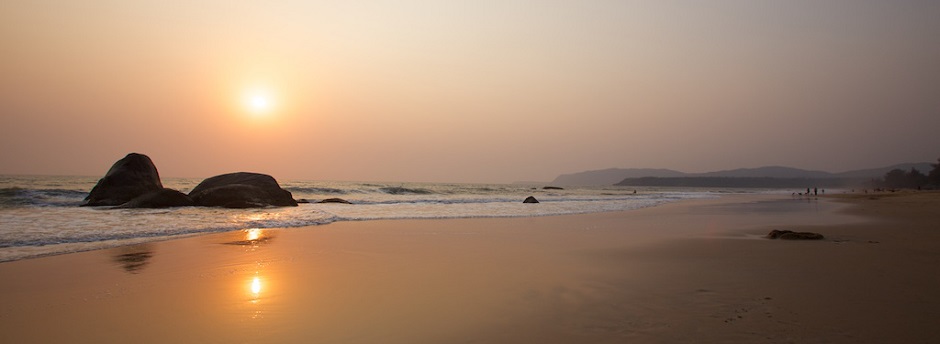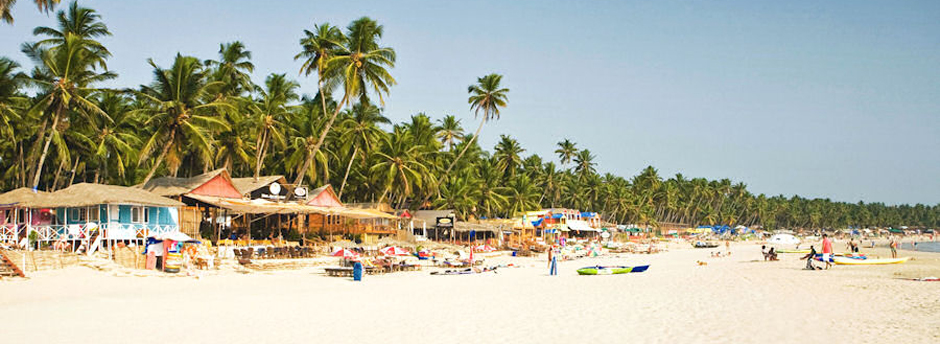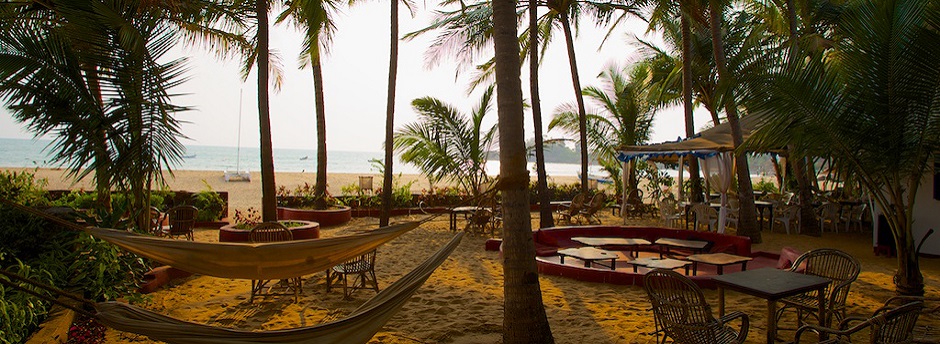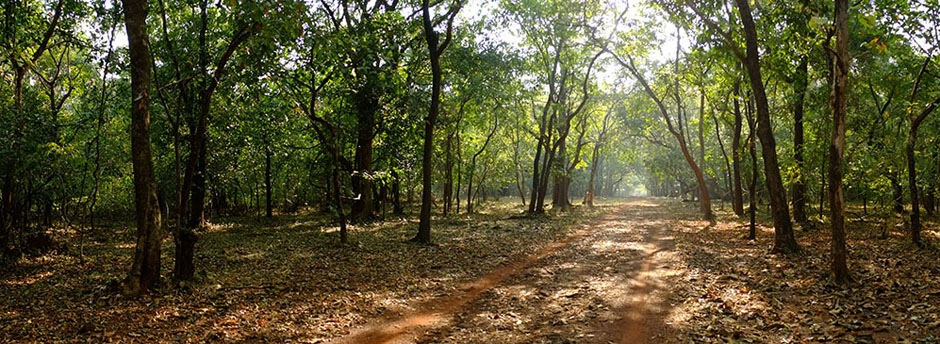
Agonda is a three-kilometer long, beautiful cove of white sand, secluded in the palms. Also known as the silent beach, Agonda is the undiscovered paradise of Goa. Agonda Beach is rated No 2 by Tripadvisor.
The Agonda village is surrounded by a lush green cover of about 120 acres of forest land. A sleepy, village life is easily tangible once you enter the Agonda village. The Agonda village lives it life at a much easier and sedate pace as compared to the other beach front villages nearby. Villagers working in the emerald green paddy fields, fishermen drying their catch and a passing whiff of the Goan 'Fenny', is what you feel and experience when in Agonda.
You can take a taxi from Margao/Madgaon railway station or the Airport. It is advisable that you negotiate before hiring the vehicle. From Chaudi, the nearest town, a taxi should cost you Rs. 150. Almost same price for a taxi from the Canacona railways station.
If you are already there in Palolem and would like to stay in Agonda, you can hire a bike, taxi or also use public transport to reach Agonda. Local buses run from Chaudi (Canacona) to Agonda throughout the day stopping at the T-junction near the church though some buses stop only at the bus stop on the road between Chaudi and the Cabo De Rama fort at the Agonda junction. A small walk of 1.5 kms by foot takes you to the Agonda beach.
Once you've landed on the beach the main thing is to find a proper accommodation providing all basic facilities in nominal rates. The rates of beach huts, cottages, resort, or road side lodges keeps on differing in accordance to the change in season. Visiting South Goa and staying at Agonda beach or Palolem beach is not at all a dilemma.
It's natural that tourists have their own class and preference in matter of staying in beach huts. You can easily segregate the classes of beach huts, cottages or beach resort according to your set budget. On may want to stay in classy beach cottage with all superb facilities and so one may will to stay in cheap beach huts with just basic facilities. Such type of accommodation becomes necessary if tourists are going to spend couple of month then it's quite a wise and feasible option. Following are some beach huts with different types of classes so that tourists need not to waste their precious time and money. One thing tourists should keep in mind while looking out for an accommodation on any beach is that price will differ in sea-view cottages and garden view cottages.




